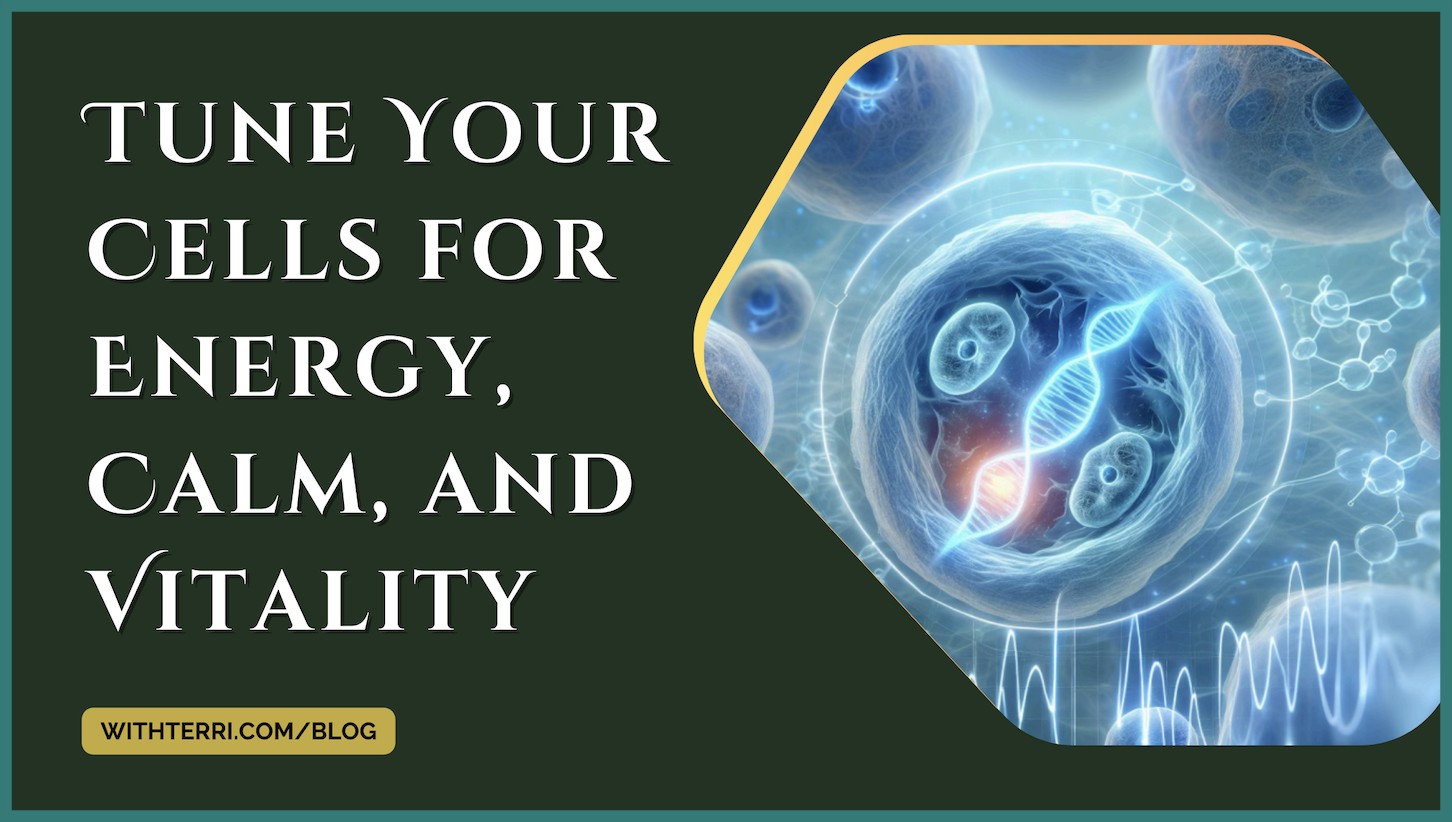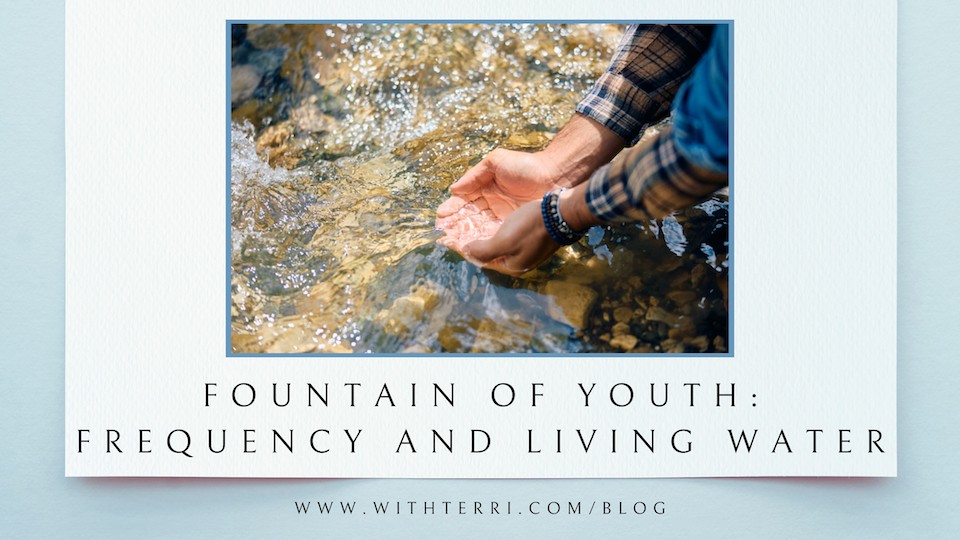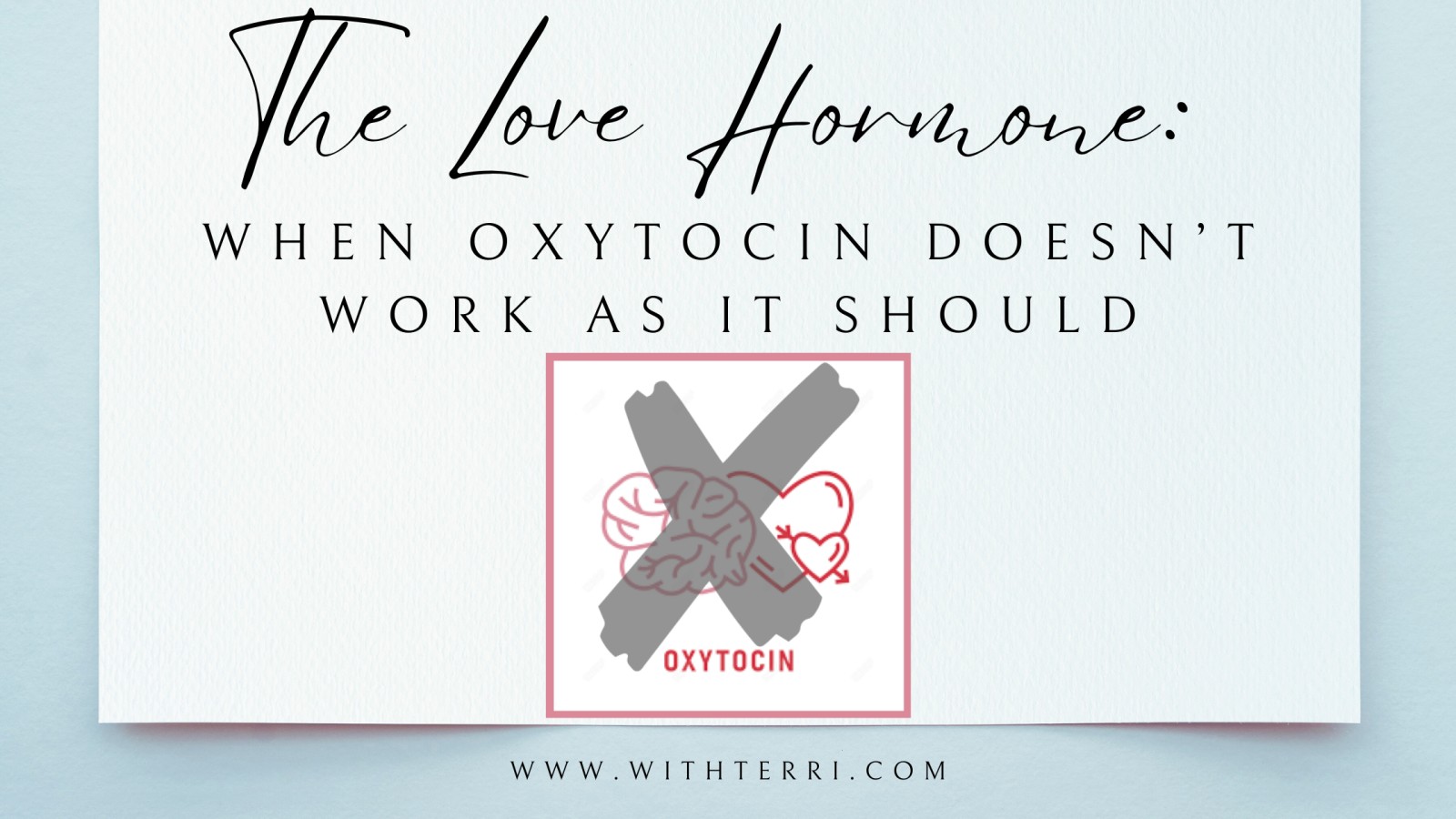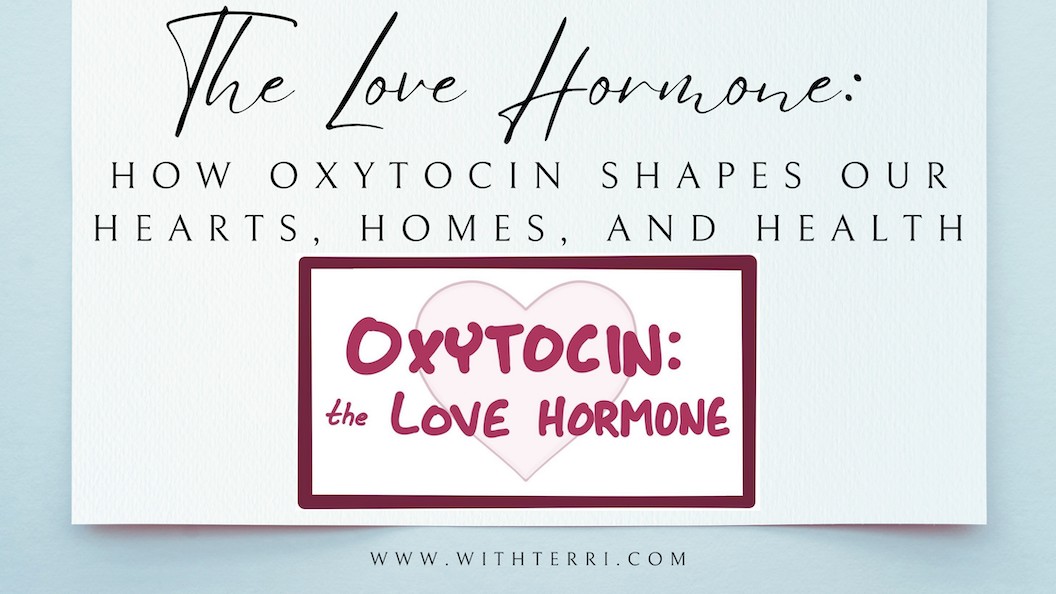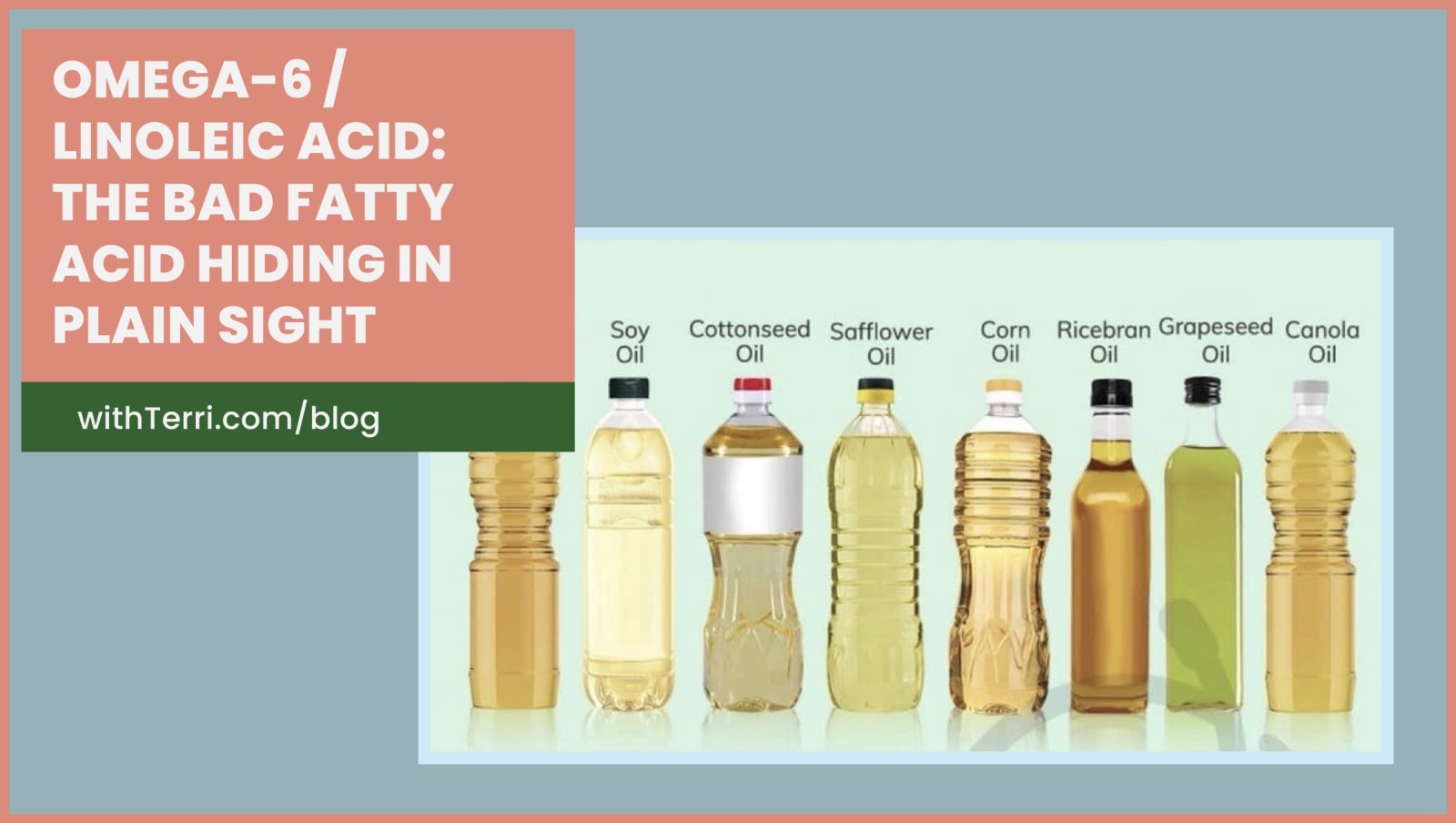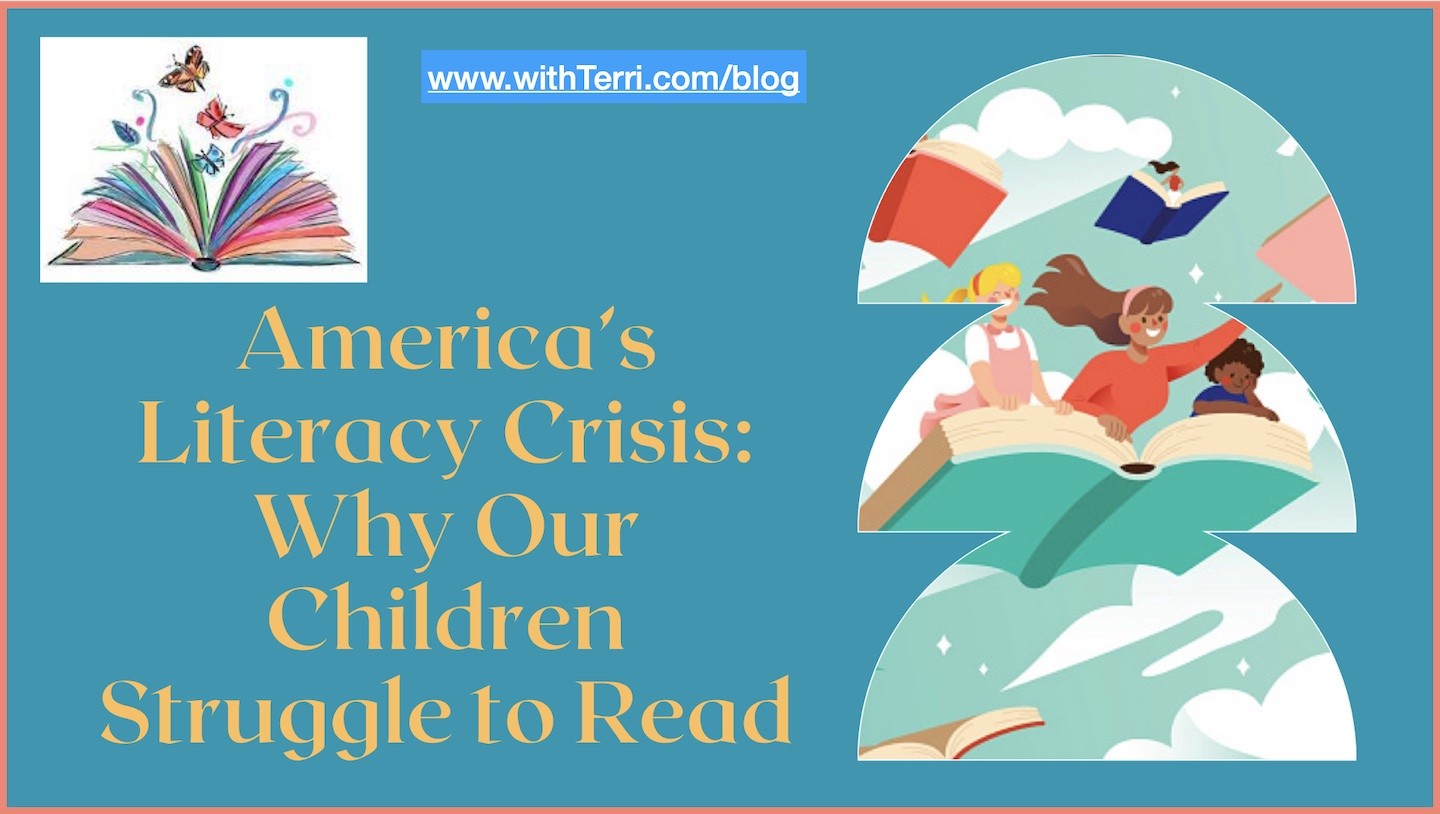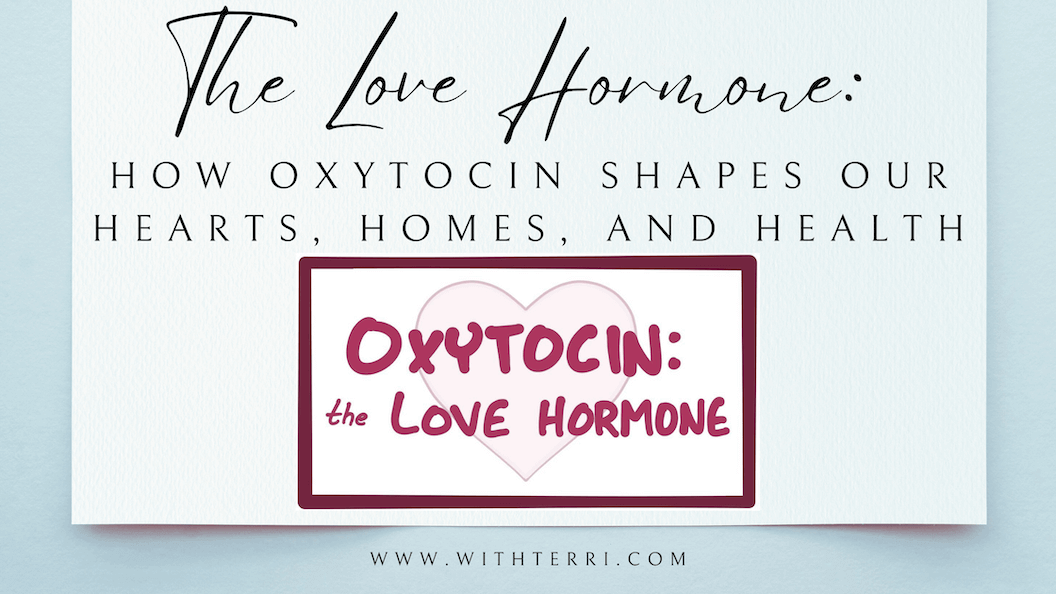 Oxytocin—the “love hormone”—isn’t just about hugs and happiness. It’s the quiet chemistry that turns rowdy boys into gentle fathers, strangers into soulmates, and everyday touch into deep trust. When we nurture connection, affection, and safety, oxytocin becomes the heartbeat of love itself—calming stress, strengthening bonds, and helping us feel at home in each other’s presence
Oxytocin—the “love hormone”—isn’t just about hugs and happiness. It’s the quiet chemistry that turns rowdy boys into gentle fathers, strangers into soulmates, and everyday touch into deep trust. When we nurture connection, affection, and safety, oxytocin becomes the heartbeat of love itself—calming stress, strengthening bonds, and helping us feel at home in each other’s presence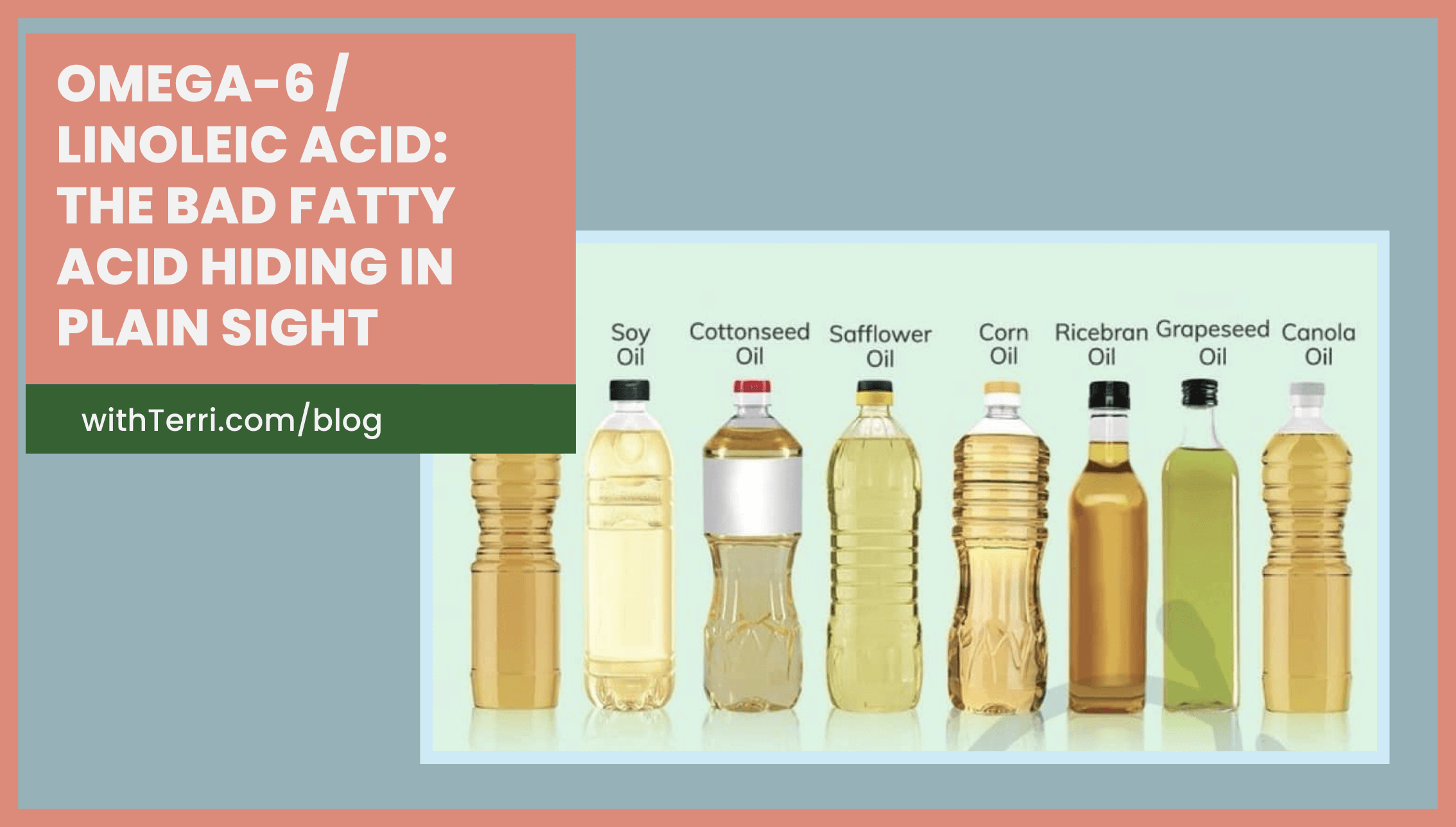
Omega-6 seed oils—like soybean, corn, sunflower, and canola—aren’t just “bad fats.” They disrupt your mitochondria, fuel inflammation, and even hijack your appetite. Once rare in human diets, these industrial oils now dominate the Standard American Diet, tilting our fat ratio far from the natural balance our ancestors enjoyed. The result? More chronic disease, brain fog, and sluggish energy. The good news: by swapping seed oils for nourishing animal fats and choosing grass-fed meats and wild-caught fish, you can break free from the “hibernation diet” and step into vibrant health.
Read more...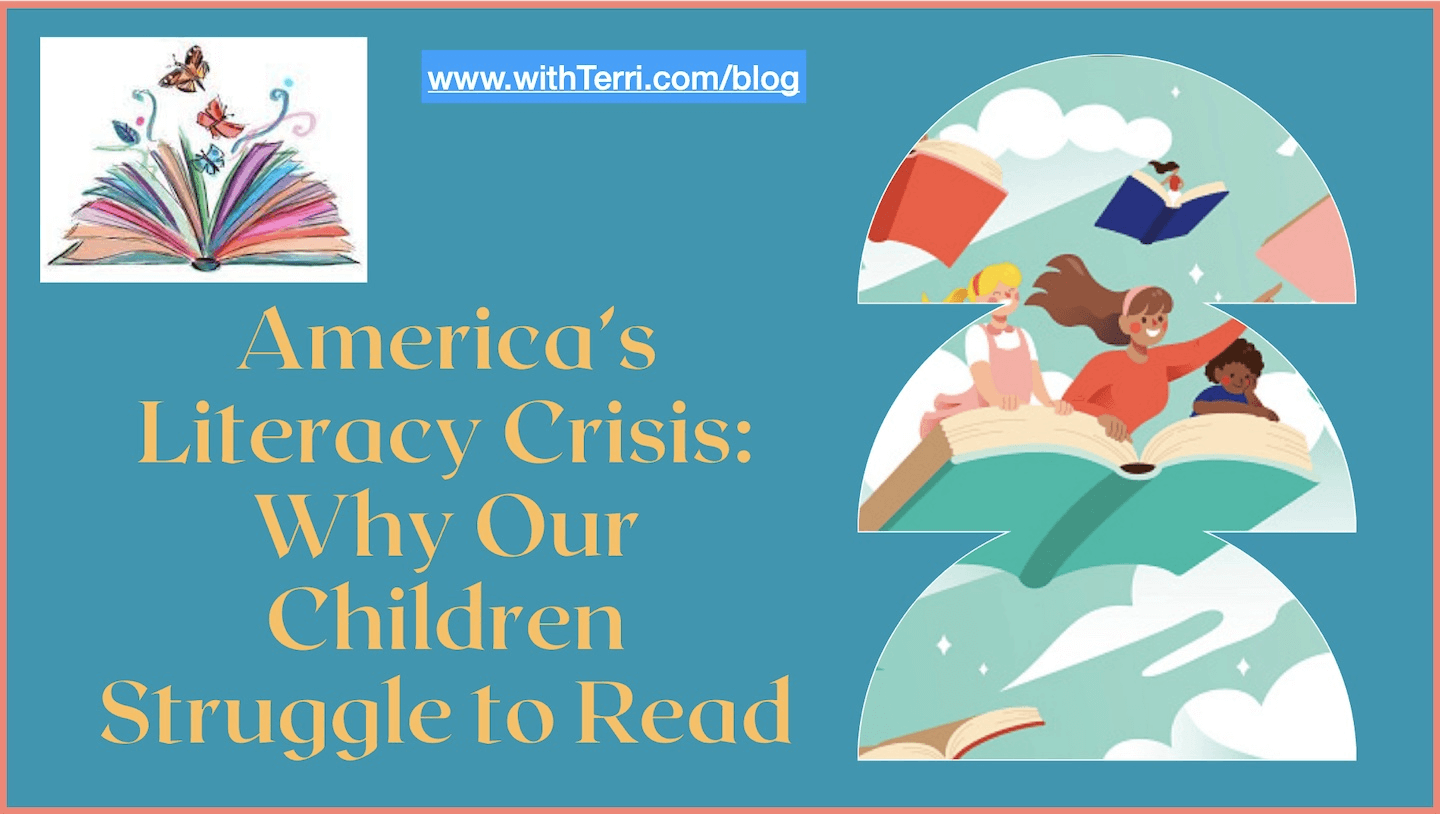 America began with a remarkably literate people — yet today, reading scores have sunk to historic lows. Decades of reforms, billions of dollars, and trendy teaching methods haven’t solved the problem. Add in poor nutrition, endless screen time, and weak “semi-phonics” programs, and the result is generations of struggling readers. It’s time to return to what works: real phonics, real food, and real thinking.
America began with a remarkably literate people — yet today, reading scores have sunk to historic lows. Decades of reforms, billions of dollars, and trendy teaching methods haven’t solved the problem. Add in poor nutrition, endless screen time, and weak “semi-phonics” programs, and the result is generations of struggling readers. It’s time to return to what works: real phonics, real food, and real thinking.
Athlete’s foot and toenail fungus don’t just affect your skin — the treatments can stress your liver, too. In this post, you’ll discover natural antifungal remedies, simple lifestyle tips, and a 1-week plan to give your liver the extra support it needs. With the help of time-tested solutions like essential oils, nourishing foods, and NingXia Red wolfberries, you can restore balance from the inside out.
Read more...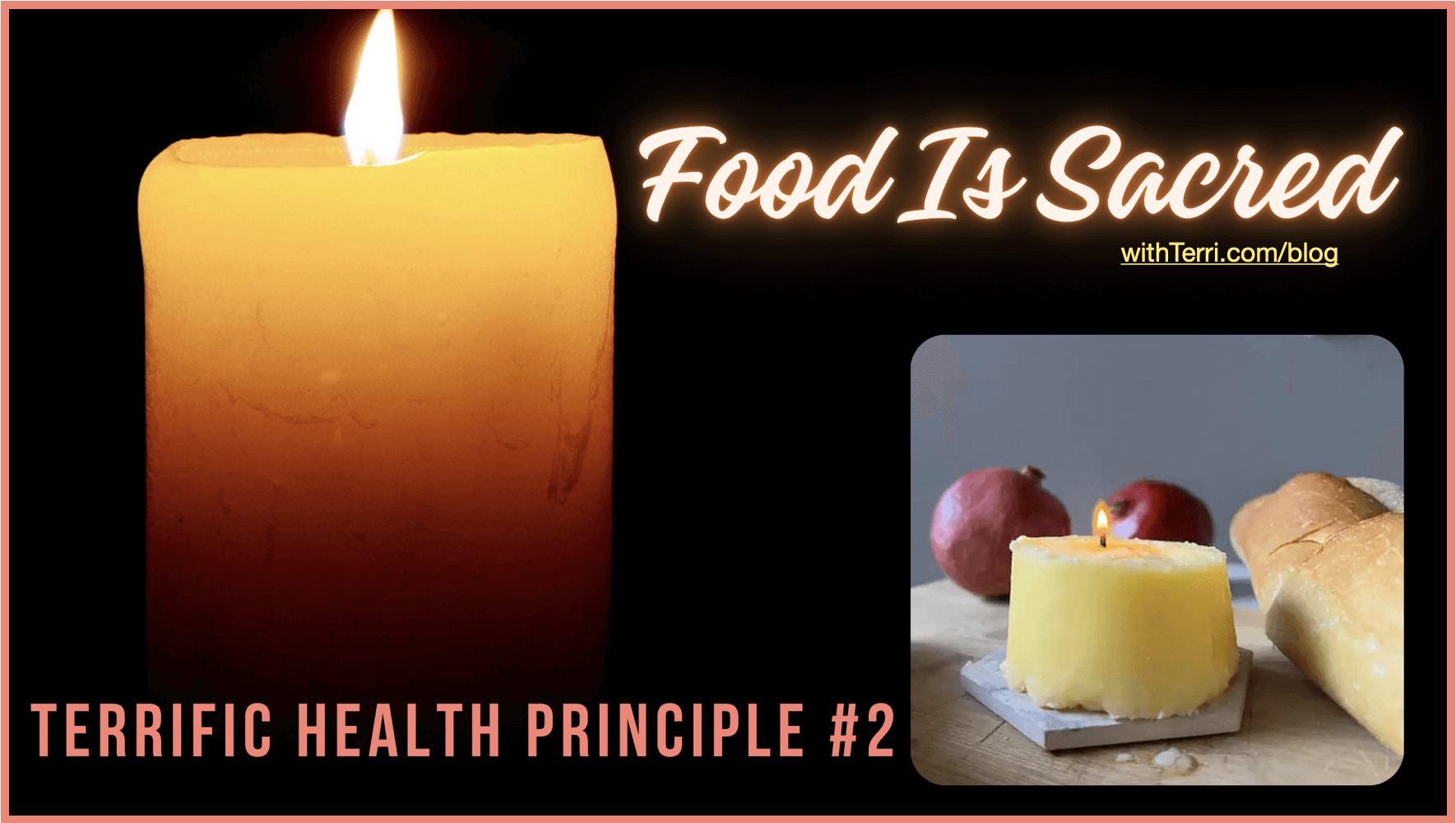
Food is sacred—when we honor the soil, plants, and animals that sustain us, eating becomes an act of gratitude and reverence for life.
Read more...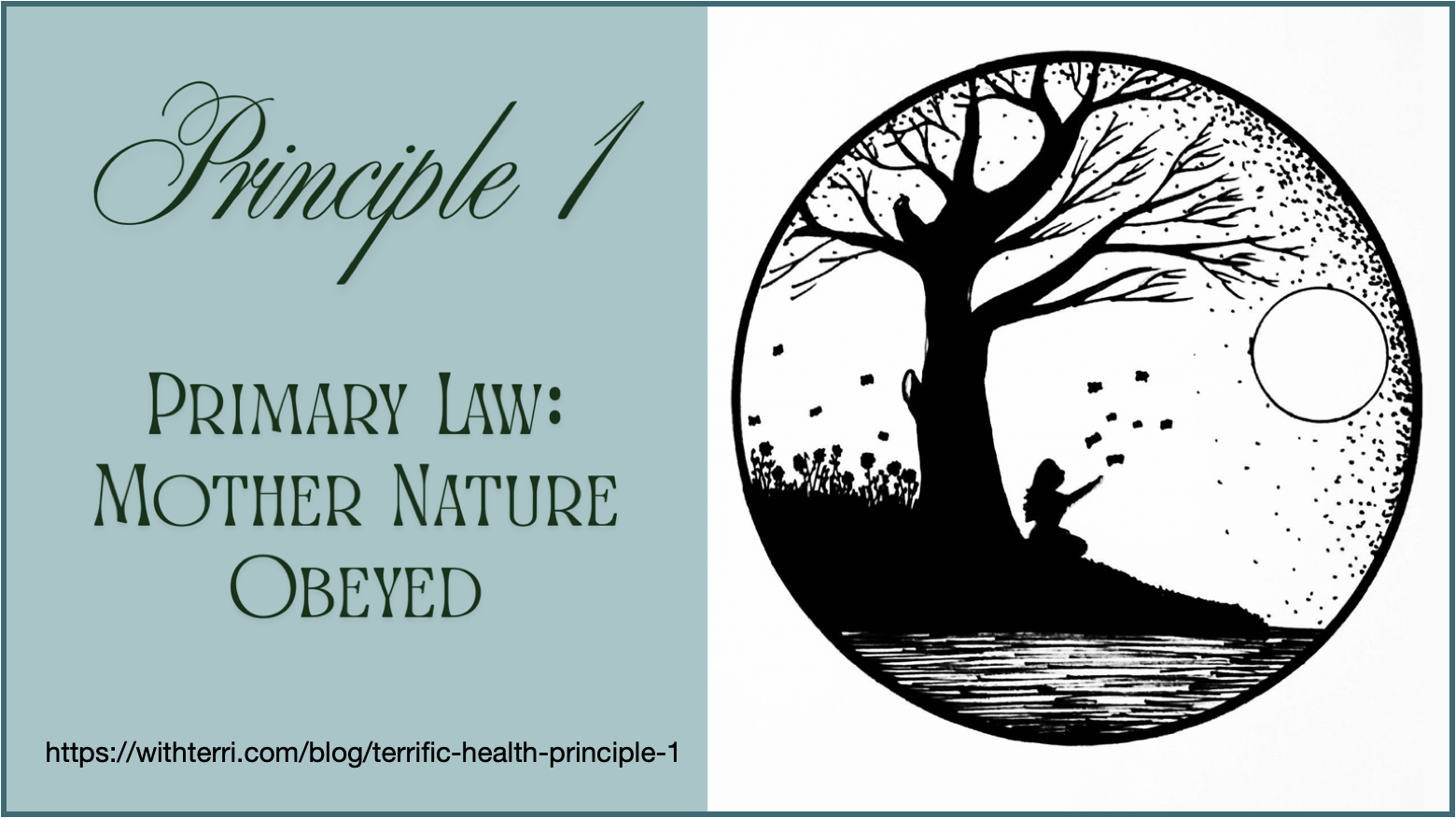
Our bodies are brilliantly and exquisitely designed to thrive when we live in step with nature’s laws—nourishing ourselves with real food, daily sunlight, movement, rest, fresh air, and a low-toxin environment.
Read more...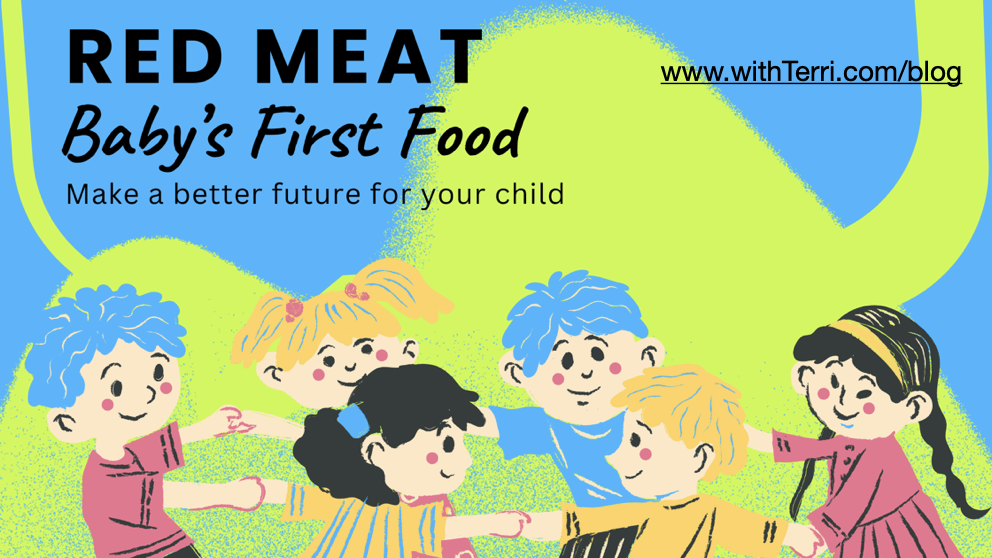
Red meat like beef is now officially recommended as a first food for babies around 6 months old—and for good reason. It’s rich in iron, zinc, B12, and high-quality protein, all essential for healthy growth and brain development. Just a spoonful or two a day helps fill key nutritional gaps and supports your baby’s developing nervous system—making every bite count from the very beginning.
Read more...




